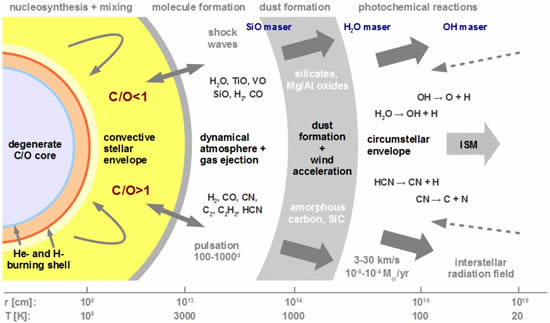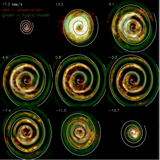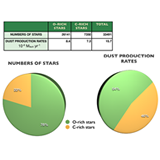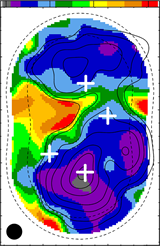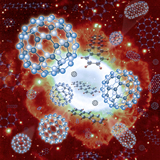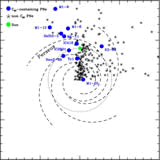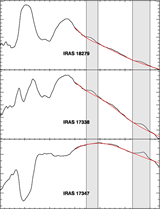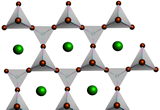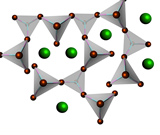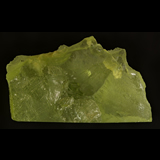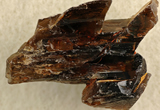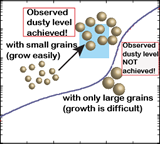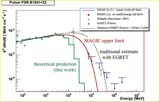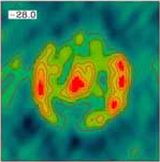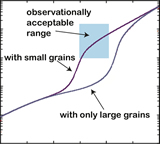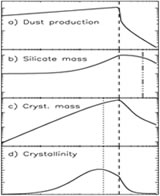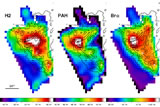Interstellar and Circumstellar Medium
The space between the stars is not empty, but instead it is filled with gas and dust, and is referred to as the interstellar medium (ISM). Most of the ISM is occupied by low density gas, which makes up about 90% of the volume, but only 1% of the mass in the ISM, but intermediate and high density regions exist too.
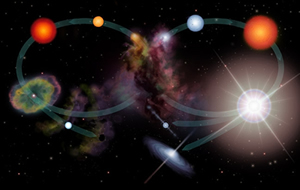
Stars form the molecular cloud (center) and develop either as a high-mass (right) or a low-mass star (left). Upon a supernova explosion in case of high-mass stars, or a process of more gradual mass loss (AGB/Planetary Nebula phase), material enriched by the products of nucleosynthesis is ejected from the stars, and added to the ISM. Dust formation takes place in the stellar ejecta.
The densest regions, molecular clouds, are the areas where star formation occurs, and where the interstellar gas gets compacted into stars. These young stars are often surrounded by the remnants of the molecular clouds from which they formed, or, at a later stage, by a circumstellar disk from which planets are forming. Post-main-sequence stars, but also massive main-sequence stars, lose stellar mass, often enriched with the products of nucleosynthesis, which forms a chemically interesting circumstellar environment. The stellar ejecta eventually get deposited into to the ISM, and drive the chemical evolution of galaxies.
The interstellar and circumstellar (ICSM) group studies the physical and chemical properties of the ISM and circumstellar environments. The group is very diverse, consisting of observers (mostly infrared/submm) and modellers, studying various (non-stellar) aspects of the life cycle of matter in galaxies. Research topics include: the gas and dust mass loss history of Asymptotic Giant Branch (AGB) stars; the chemical composition of AGB envelopes; the effect of binarity on the physical structure of the circumstellar envelope; chemical composition of molecular and translucent clouds; astrochemistry; the circumstellar environment of young stars; proto-brown dwarfs; planetary nebulae; dust production by supernovae; the life cycle of gas and dust in galaxies, particularly the Magellanic Clouds; astromineralogy; dust in the early universe, and in active galaxies.
